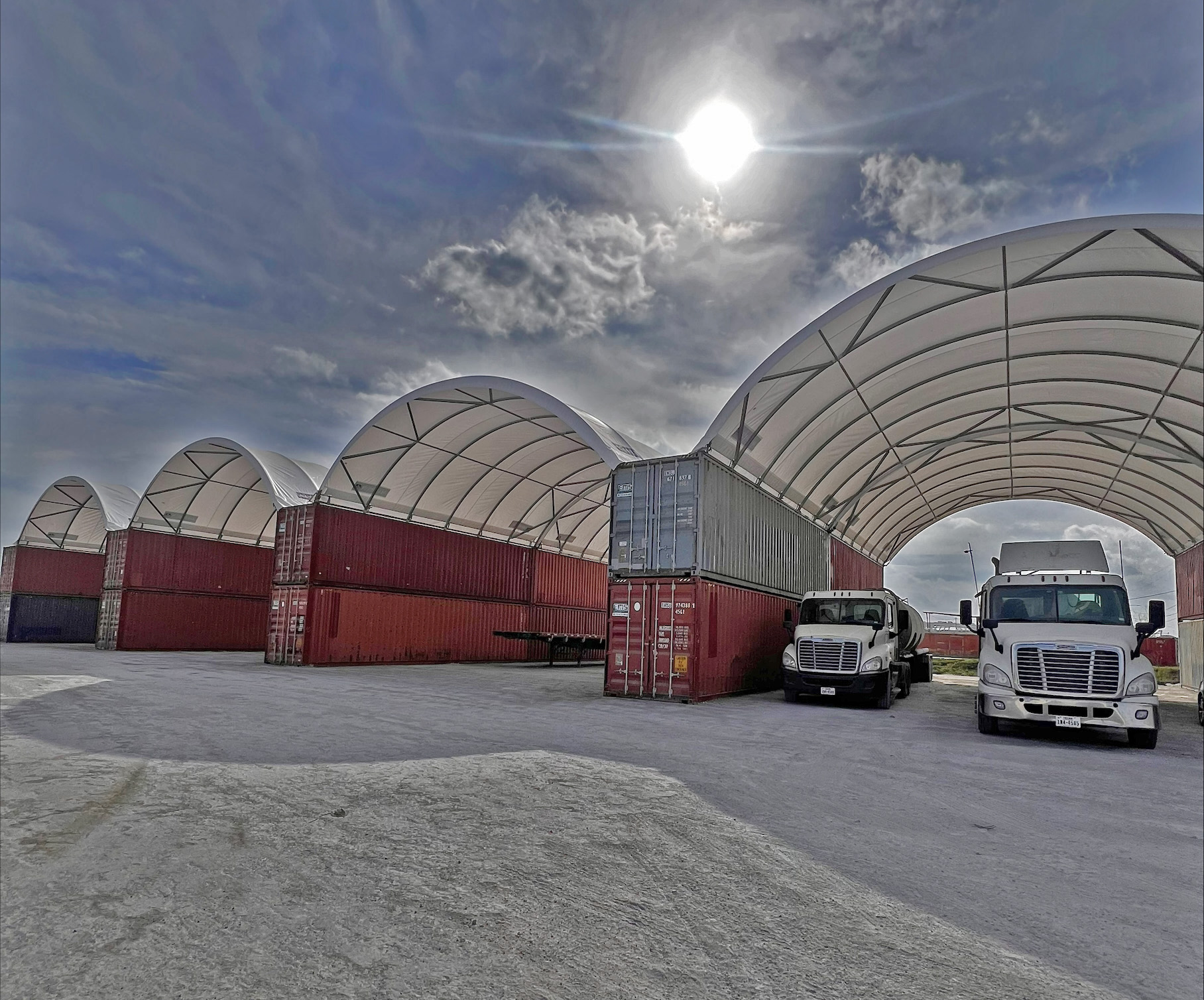Shipping containers are popular for repurposing, thanks to their modular shape. These storage boxes are flexible enough to be transformed into occupiable structures, such as homes and commercial facilities. And as people become more innovative, new ideas on putting them to good use are coming out.
If you are looking for an efficient choice for building a home addition, an office space, or an establishment, you should consider used shipping containers for sale in Texas. Before you go converting storage containers into these spaces, however, it’s crucial that you insulate it first.

Why Insulate
Thermal insulation is the regulation of heat within a structure by putting up barriers between areas or sections. For example, there is a space between the wall inside your house and the very exterior of the structure. With insulation properly done, warmth can stay inside the room while the cold can be kept out.
This is a crucial element in any structure precisely because it directly affects room temperature. Without it, the room can get very uncomfortable and difficult to stay in. If you intend to convert shipping containers into liveable or functional spaces, then it’s just as important that you also get it insulated.
Another important reason why you should insulate is that so you can improve the acoustics inside. Due to the hollowed shape of the shipping container, and because it is literally a meal box, it does create an echo when you make a sound. Having proper insulation can greatly help in reducing these noise problems.
Types of Insulation
There are various types of insulation that you can choose from. Make sure to discuss what you want with your contractor so you’ll know which one can work best for you, especially because you are using non-traditional materials to make a home.
Among the common methods of insulation include SIP, which is essentially a foam board or liquid foam core. This can be used for general sections such as floors, ceilings, roofs, and walls. Meanwhile, if the structure is irregular-shaped, such as in case you decide to take on more geometric patterns using stacked container units, it may be preferable to instead use spray foam. This makes it easier for you to insulate even hard-to-reach areas or those with obstructions, as well as already finished and existing sections.
Another option you can do to insulate is to use concrete blocks. If you’re using shipping containers, you may want to use it instead for the lower levels. You’d want to keep the upper levels light enough so as to not bear additional weight on the lower level unit.
Again, these are just some of the possible insulation types you can use. It still would be best for you to discuss the matter with a professional so that you will be able to do it right.
Insulation for Shipping Containers
One of the quickest ways to insulate shipping containers is to use insulation panels. There are readily available predefined sizes, which should make it easy for you to fit them in between the stud walling gaps. It also doesn’t hurt that this particular type of insulation for shipping containers is moderately priced, so it’s not just easy to install but also easy on your pockets.
On the other hand, blanket insulation, otherwise known as rolls, is considered to be among the cheap, if not the cheapest, insulators on the market. Like the panels, blanket insulation also requires fitted stud walls. There are also variants to choose from, such as rock wool or fibreglass.
Meanwhile, if you want to stick true to your goal of environmentalism, which is why you’re moving into a container home in the first place, you might as well keep it consistent even with your insulation material. Some of the eco-friendly insulation materials available are mud, cotton, and wool.
Take these factors into serious consideration when looking at used shipping containers for sale from trusted suppliers like Equipment Management Services. With proper insulation you can successfully convert the unit into a comfortable building.
Sources:
5 Methods to Insulate your Shipping Container Home. ContainerHomePlans.org.
Shipping Containers and How to Insulate Them. PreparednessAdvice.com.









